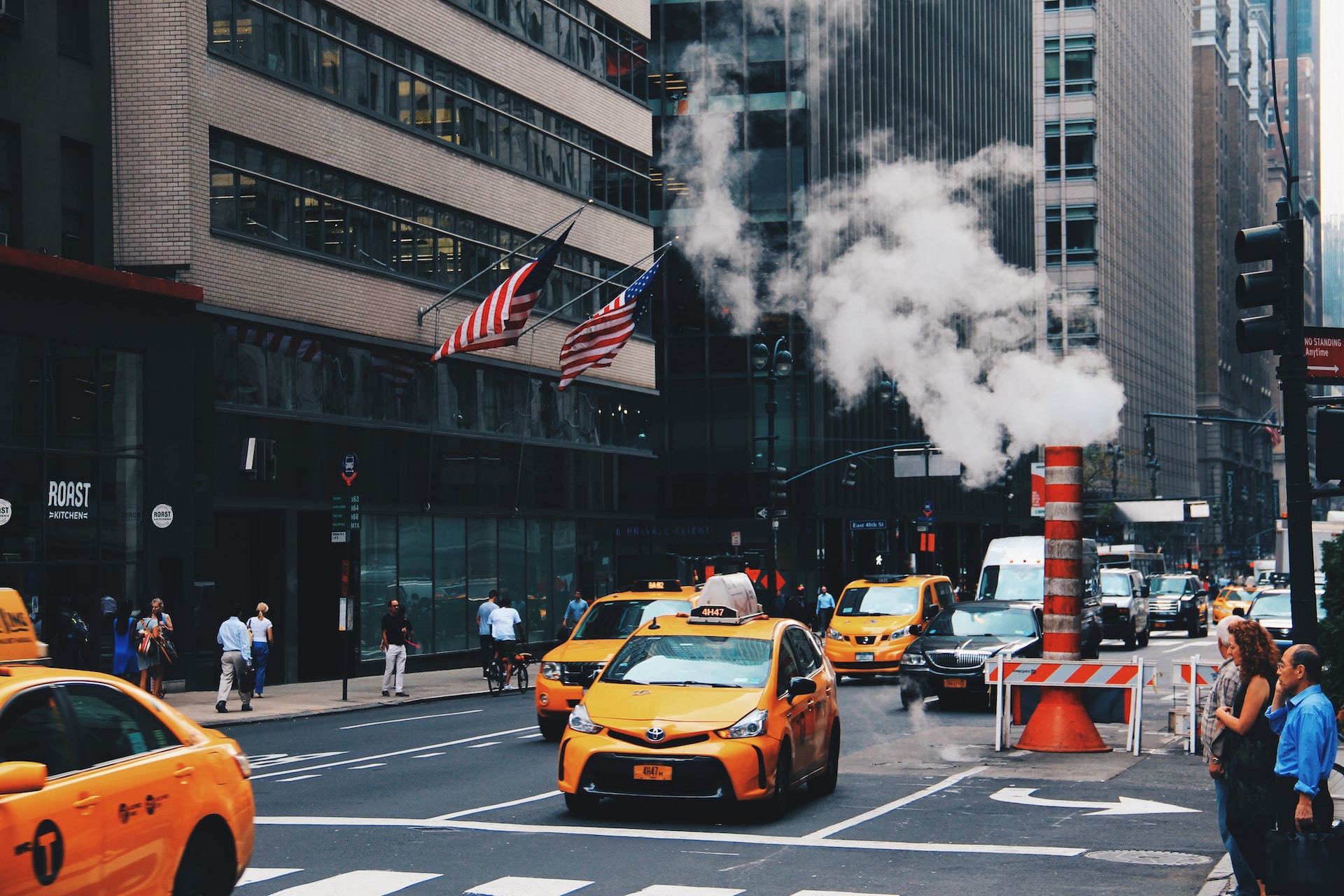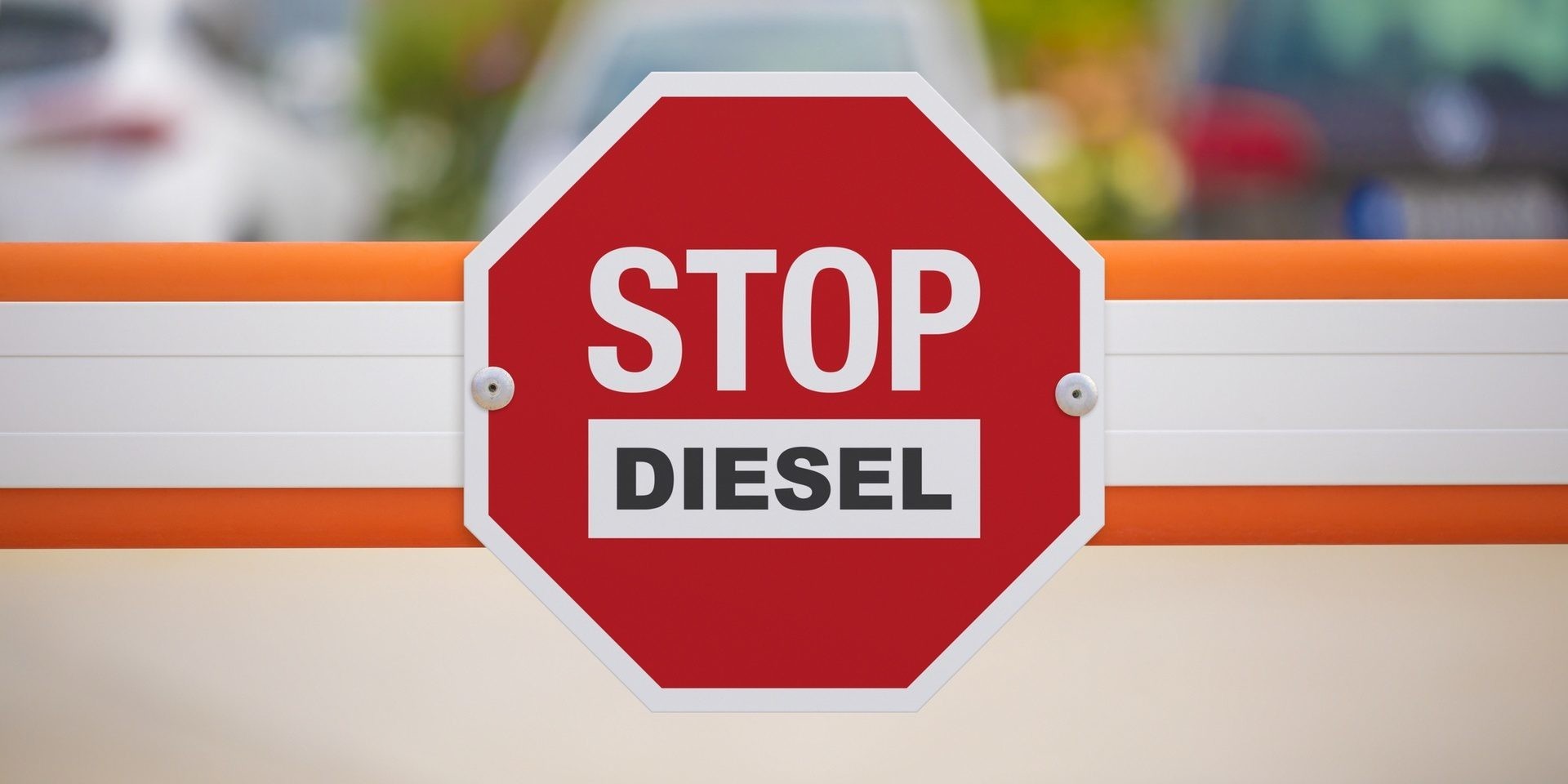Author | M. Martínez Euklidiadas
Why does steam rise from New York City’s streets? Tourists and film enthusiasts fascinated by its urban landscape wonder why steam rises from some of the city’s streets when the temperature drops. The secret? The heart of the city literally lies beneath the streets, a system that pumps steam to its extremities, its buildings.
Over 160 kilometers of steam pipelines run below New York City. A network capable of delivering heat (and cold, and even electricity) to hundreds of buildings, which is undoubtedly better than individual gas or coal boilers for heating. It was the first major district heating system in the United States and it is still the largest in the country today. This is how it works.
Why did New York choose urban heating? A smart solution
During the 18th century homes were heated with coal boilers, which is not exactly ideal for climate crisis or for the lungs. Other major cities had experienced serious pollution problems associated with individual furnaces and domestic fireplaces (London in 1952, and paid the price with thousands of deaths), therefore New York adopted a different stance.
Although the distribution of heat through pipelines away from the source has existed for a few thousand years, and during the 14th century there were various significant urban attempts (such as that of Chaudes-Aigues), it was not actually until the 19th century that people began to experiment with major infrastructures and a more stable urban heating technology.
One of these major infrastructures lies below the world’s first metropolis and it is capable of transporting heat and cold ‘large’ distances covering a few kilometers. The aim of this technology, implemented in 1882 by the New York Steam Company, was to heat the World Trade Center in the financial district.
In around 1936, the Consolidated Edison (ConEdison, first created as the New York Gas Light Company in 1823) took charge of the district heating facilities that heat buildings today including the Grand Central Terminal (1871), the Chrysler Building (1930), the Empire State Building (1931), the Rockefeller Center complex consisting of 19 commercial buildings (1939) or the United Nations building (1952).
The city’s recent history has been closely related to the development of this heating system. With it, New York has managed to make greater use of machines and the fuel required to heat offices and homes. Thanks to the city’s ‘high’ density and the number of buildings, it has been able to design a highly efficient centralized system.

Advantages and disadvantages of New York’s centralized heating
The advantages of centralized heating include:
● A much cheaper system to install and maintain than individual options. Although the infrastructures are larger, they are cheaper per capita.
● High efficiency. At the point of origin, larger and more efficient boilers. Now, an increasing number of heat pumps and cogeneration systems under the same principle: it is more efficient to have a couple of huge machines than thousands of smaller ones.
● Less worry for residents. Perhaps the most significant aspect is that residents, including companies, do not have to worry about maintenance.

However, the disadvantages include:
● If the system is based on the combustion of coal, diesel oil, natural gas, biogas, etc. there is a significant local source of chemical pollution where the plant is located, as well as thermal and acoustic pollution.
● It works very badly at low density, since the size of the pipelines is much larger and there are more transportation losses. That is why it makes so much sense in New York, the city of the skyscrapers.
● Users may not value the environmental cost of the system, and do things such as opening windows with the system running instead of shutting off the radiators.
New York also made mistakes

1918 was a defining point for the system due to the flu pandemic. New York city ordered enormous steam radiators to be installed inside households and that windows should remain open at all times. Basically it ordered energy to be wasted due to the lack of better health measures.
Nor did it help that the Vietnam War (1955-1975) just a few decades later prevented the generational change-over of the system, as Dan Holohan explained in ‘The Lost Art of Steam Heating’ (1992) and its 2017 re-edition. This had a serious impact on the steam heating system, which took a significant step backwards, affecting the availability of the service and even caused some explosions due to lack of maintenance.
From 1987 to 2018, there were more than a dozen explosions, the most recent of these in 2018, when a steam pipe explosion blew off a piece of concrete and released asbestos-containing material into the air. Although nobody was killed and the air was rapidly cleaned, this infrastructure also had inadequate and even negligent designs such as the use of asbestos.
What is the future of New York’s district heating?
As a result of the aforementioned waste, since 2016, a series of local laws require buildings to perform energy audits. Bill de Blasio was the mayor behind this urban transformation, under the slogan Green New Deal. Part of the aim was to reverse the energy waste associated with steam pipelines.
Another mayor, this time Michael Bloomberg, gave a significant boost to a complementary technology through cogeneration plant in 2010. With cogeneration, the steam supplied by ConEdison is compressed to produce electricity, hot steam and even cold industrial steam once it has gone through an expansion cycle.
New York is increasing its steam network, complementing it with systems such as recovery plants, photovoltaic or combined cycle plants, to provide an eco-friendlier service in which each building would have its own individual system. With it, it is laying down the roadmap for the development of more sustainable cities, which requires shared and joint infrastructures.
Images | John Fornander, Clément Falize, Jeffrey Blum






















































